I’d like to take a moment rant about a particular pet peeve of mine, which involves the seemingly-dull subject of species common names. As you may have learned in biology class, all identified and described species are assigned a Latin scientific name, which is intended to be a universal identifier of that species regardless of where it’s coming up in conversation. However, scientific names are not typically very familiar to non-scientists, so common names remain the most, well, common way to refer to a species.
This can lead to quite a bit of confusion. Common names often vary by geographic location, local language, and even biological features like size and sex. Two fish species encountered on a regular basis in North Carolina, Red Drum (Sciaenops oceallatus) and Atlantic Menhaden (Brevoortia tyrannus), seem to be loaded with common names. Many of the common names for Red Drum have to do with size: “Puppy Drum” are typically smaller individuals around a foot in length while “Channel Bass” and “Bull Reds” are usually the largest individuals (and usually assumed to be male). Menhaden, on the other hand, have an entire library of common names related to both location and size, and sometimes regional common names for this species are so well entrenched that the locals may not actually know other common names refer to the same fish. When looking for Atlantic Menhaden for shark survey bait, I’ve actually had people at bait shops tell me they didn’t have any Menhaden but did have Pogies and Bunker.
Then there are times when a single common name ends up referring to several species. Which brings me to the Sand Shark.
The list of species referred to as “Sand Shark” on FishBase includes seven species, two of which are actually members of the Guitarfish family (which are batoids, not true sharks). This is an underestimate, as Sand Shark is generally used to refer to any relatively common shark that could potentially occur near the beach that isn’t obviously one of the Hammerheads or a White Shark. Here’s a likely incomplete list of species that I’ve personally heard referred to as “Sand Sharks.”
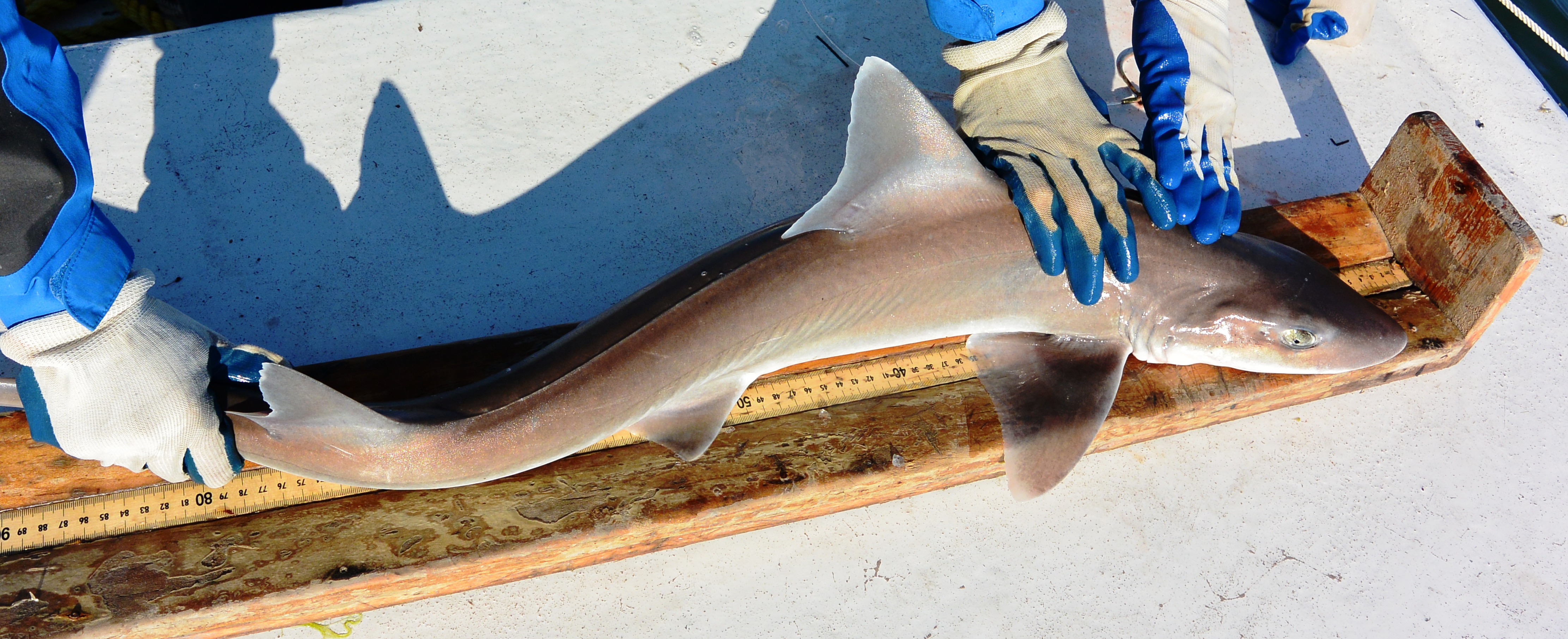
Smooth Dogfish – Mustelus canis (recently the common name Dusky Smoothhound has become the preferred standard for NOAA Fisheries and the American Fisheries Society)
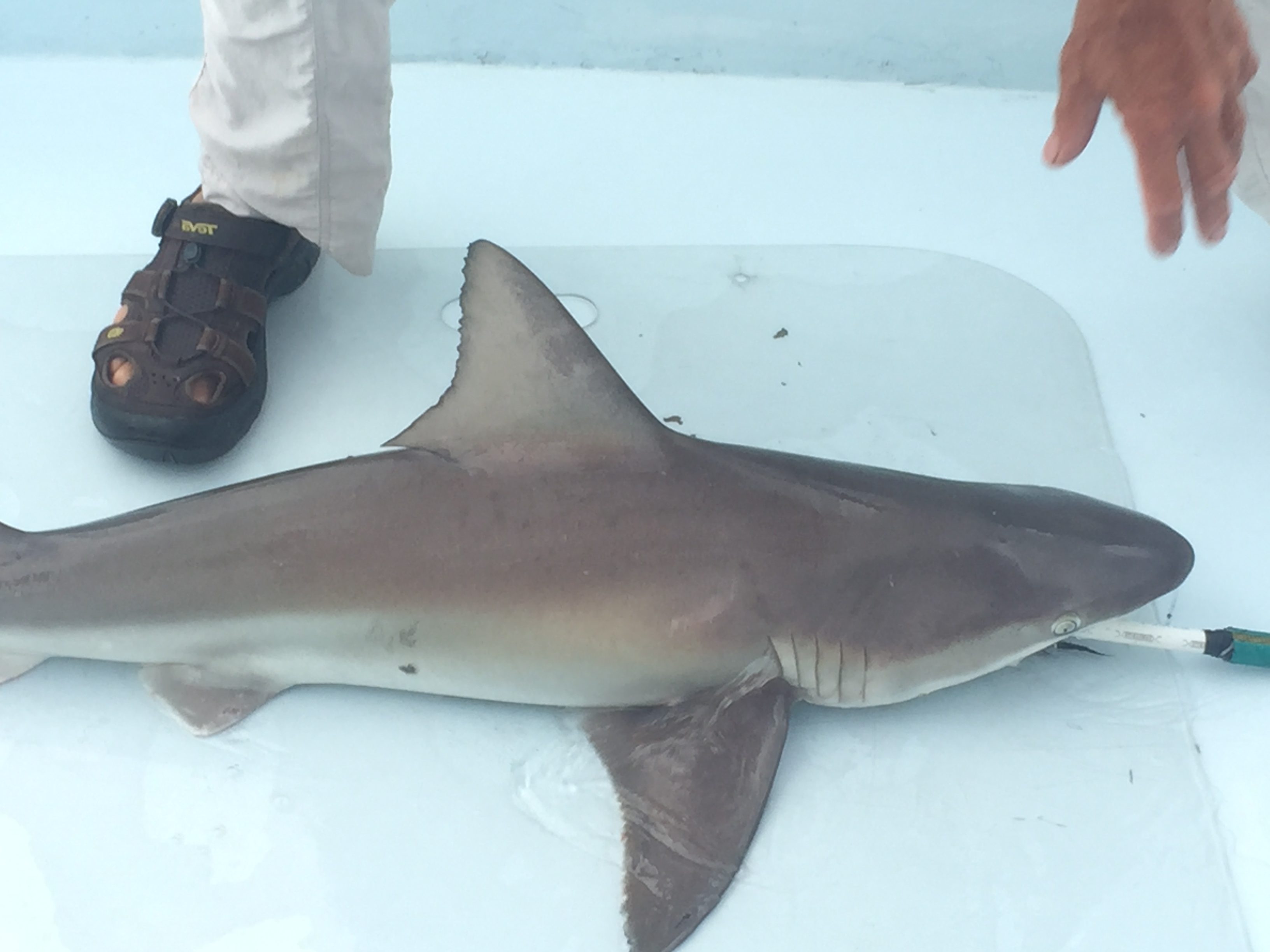
Sandbar Shark – Carcharhinus plumbeus
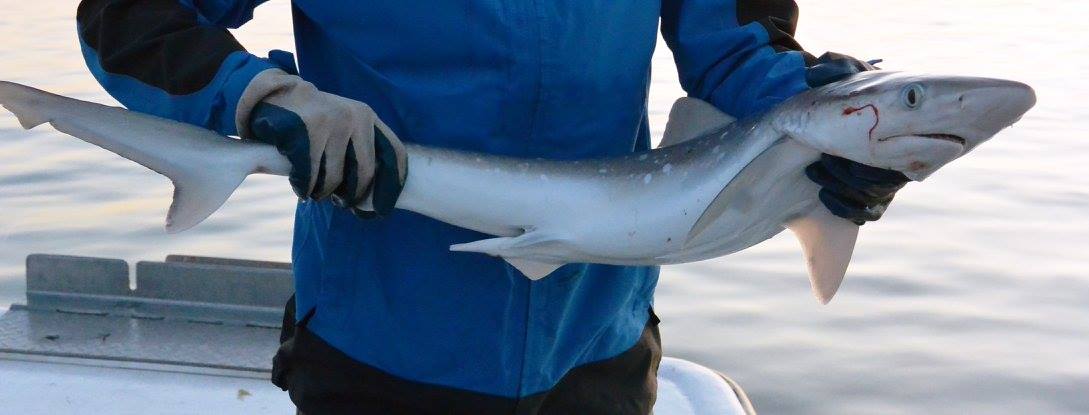
Atlantic Sharpnose Shark – Rhizoprionodon terraenovae (especially juveniles)
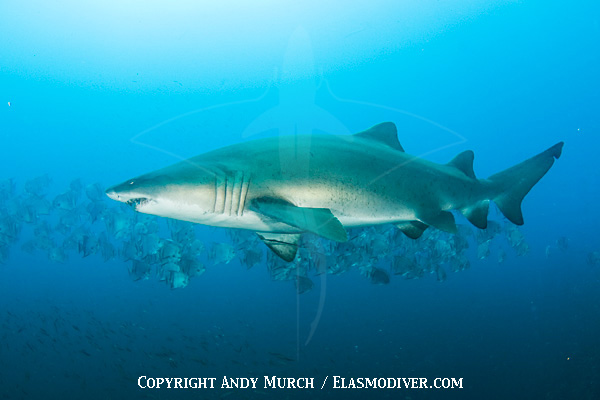
Sand Tiger Shark – Carcharias taurus
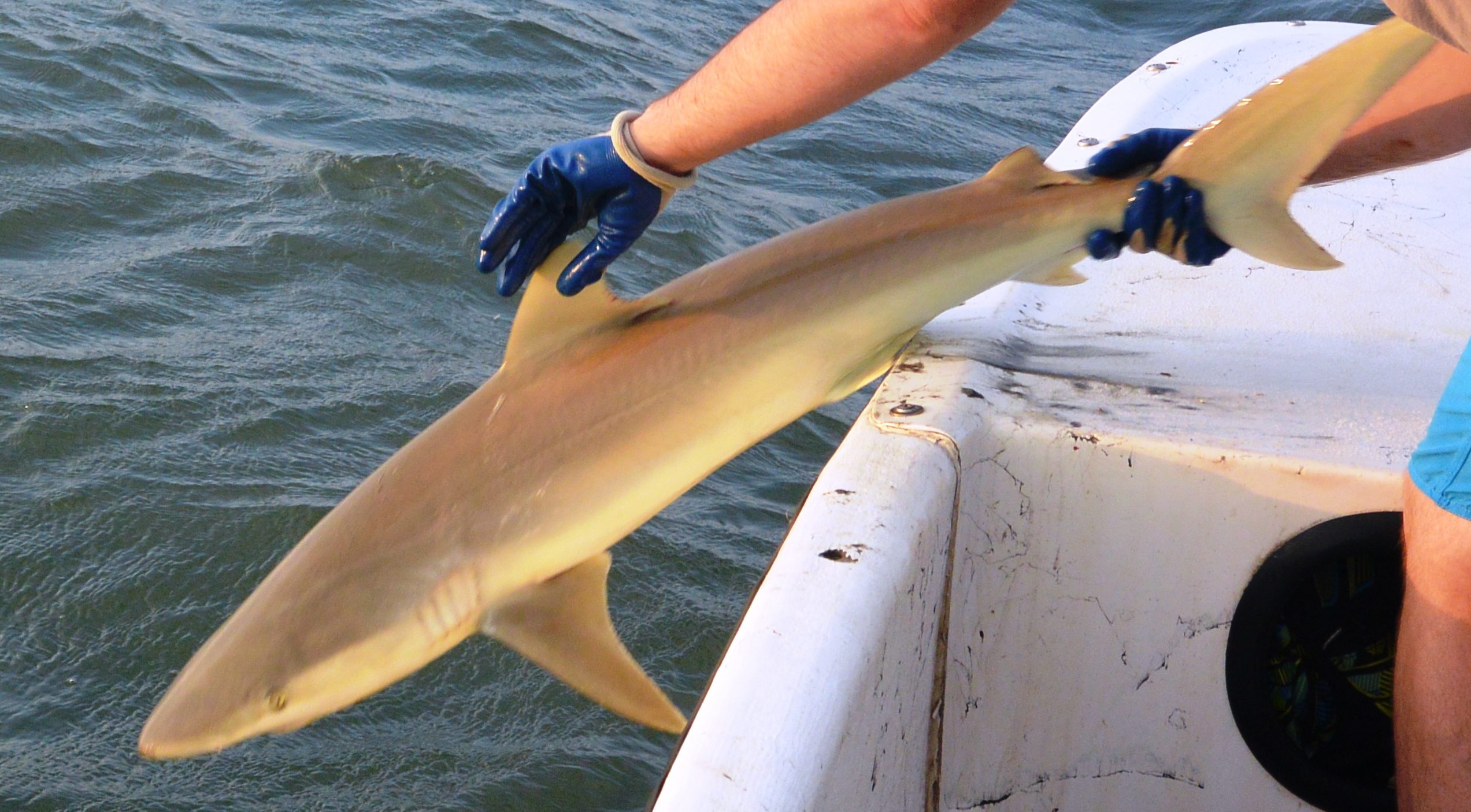
Blacknose Shark – Carcharhinus acronotus
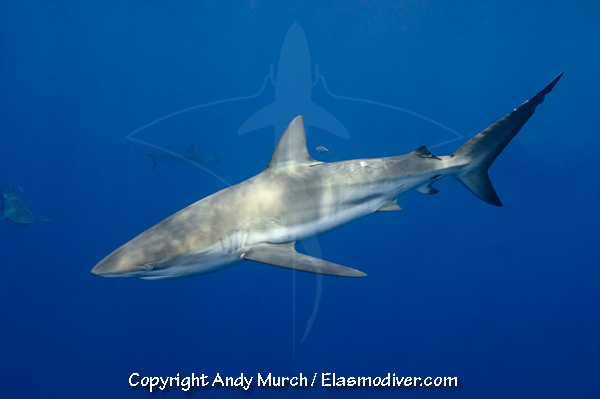
Dusky Shark – Carcharhinus obscurus (problematic, because this is a severely depleted species and landings are prohibited)
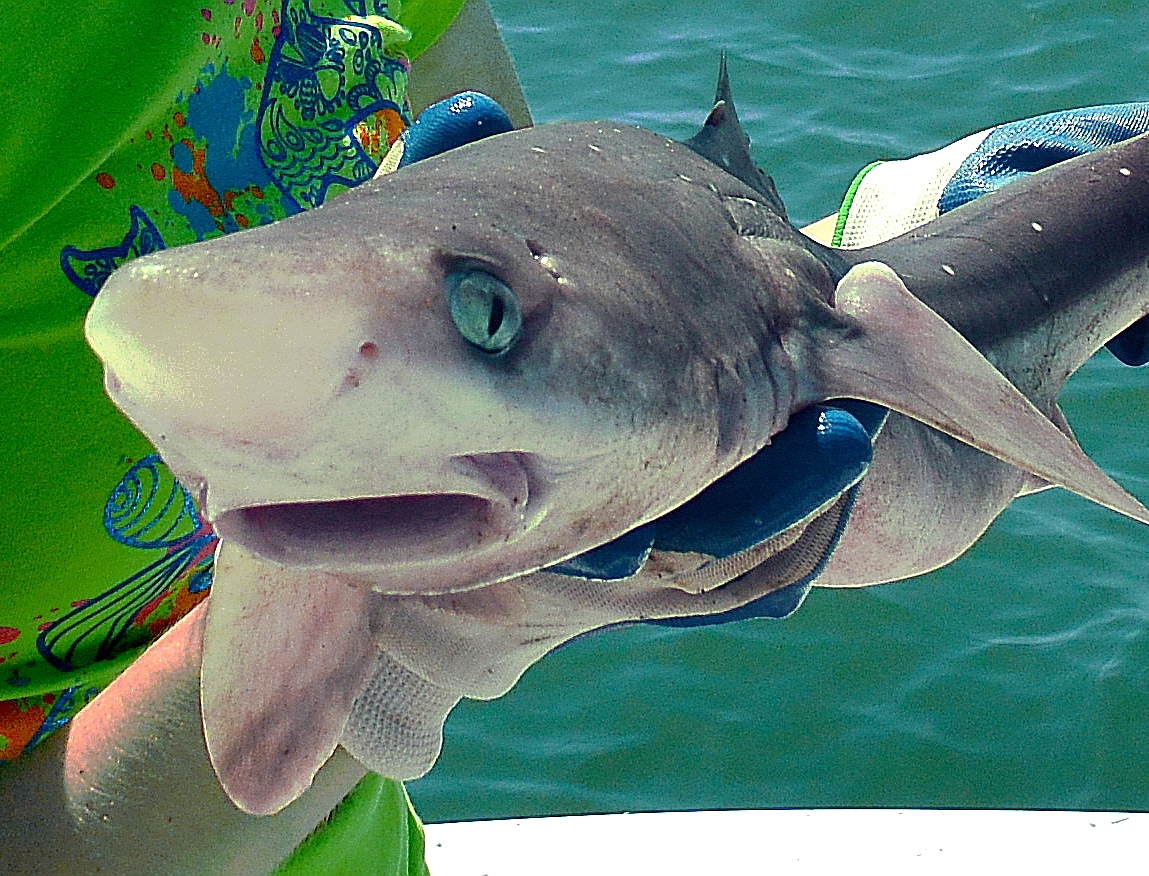
Spiny Dogfish – Squalus acanthias (seriously)
Currently there is no shark with Sand Shark as the accepted common name. Digging a little farther in the past, the 1953 edition of Bigelow and Schroeder’s Fishes of the Gulf of Maine, considered one of the best fish species guides out there, actually lists Sand Shark as the primary common name for the Sand Tiger Shark. So there actually was a true Sand Shark. It seems that Ground Shark and Grayfish were the Sand Shark of the day, with Ground Shark showing up as an alternative common name for the Sand Tiger and Greenland Sharks and Grayfish showing up a pseudonym for both Smooth and Spiny Dogfish (likely the name these species were sold under in fish markets). Also, at the time Maneater was the primary common name for the White Shark, the Shortfin Mako was called the Sharp-nosed Mackerel Shark (to distinguish it from the Mackerel Shark, now known to most as the Porbeagle), and Bone Shark was an alternative common name for the Basking Shark. Old species guides are fun.
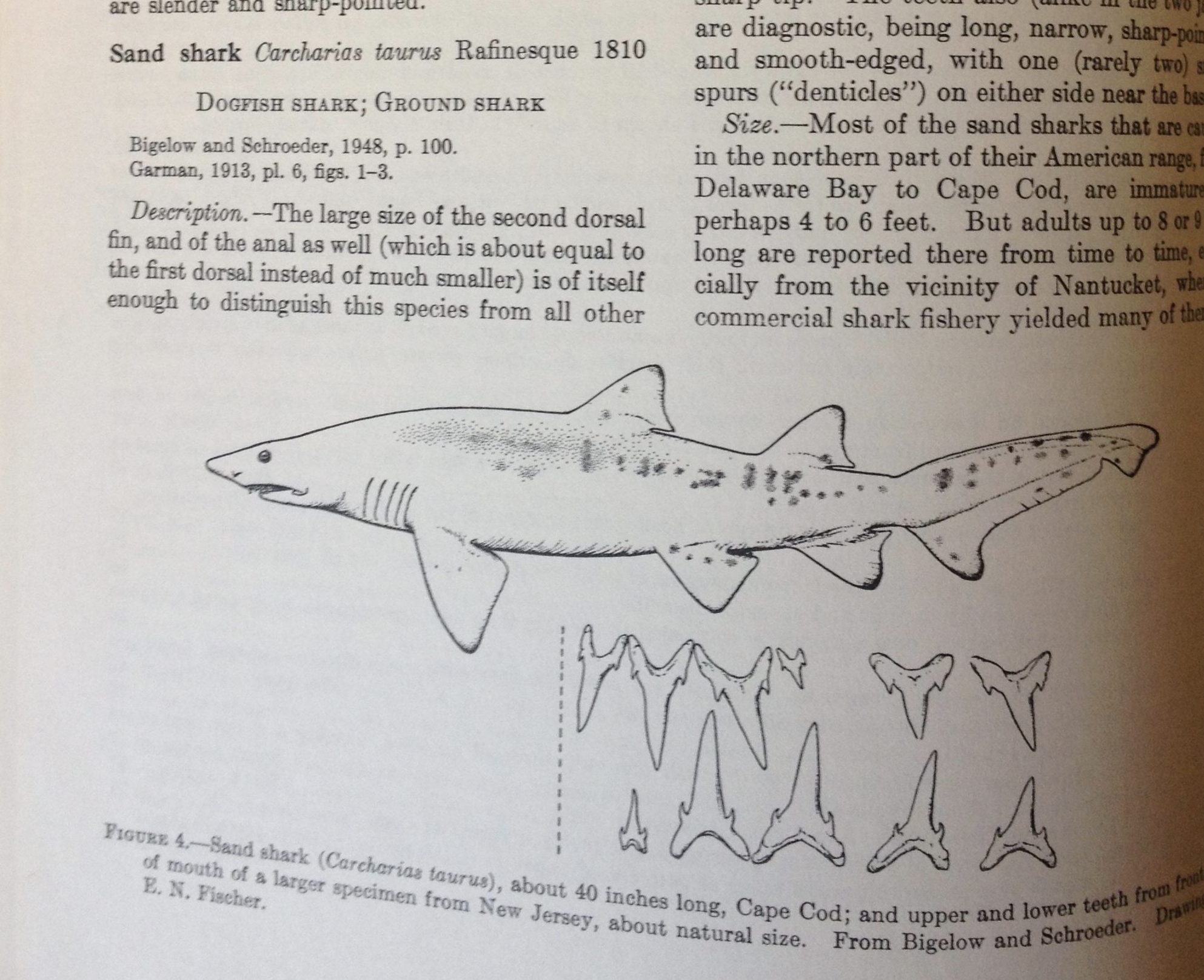
As any taxonomist will tell you, species names are serious business. Confusion over common names can have considerable impacts on management and conservation. Often fish species are given a completely different common name at the market (turns out “Chilean Seabass” sounds more appetizing than “Patagonian Toothfish”), and that’s not even counting when they’re sold as a complex of species (in many markets shark meat from several species is just sold as “shark”) or intentionally mislabeled. One potential solution may be to adopt the European Union policy of listing scientific names at the fish market. This does mean that the correct species name has to follow the fish all the way through the supply chain. Even with this policy in place, mitigating confusion over common names boils down to the consumer paying enough attention to realize that Squalus acanthias sold as Spiny Dogfish or Cape Shark is the same species. The sharks will certainly appreciate you getting their names right.
All of this is not to say that there has never been confusion over scientific names, which can change as we learn more about how species are related. There’s been quite a bit of that going around among the sharks and rays in the past few years, mostly due to the increased use and accuracy of genetic methods. But changes in fish scientific names are generally less common and almost always a result of serious scientific work. As far as taxonomy goes, at least we fish people don’t have it as bad as the herpetologists…
I don’t remember where I either heard or read this, but I recall that C. taurus was originally known as the sand shark and that the term “tiger” was added when the shark was displayed in aquaria to give it a scarier name. I also thought that this originated with the New York Aquarium (Coney Island). A few years ago I asked a NY Aquarium person about this story at the aquarium’s exhibit at the Beneath The Sea dive expo. But I never had any follow-up. It certainly seemed like something that might be true. Any comment on this possibility? Thank you.